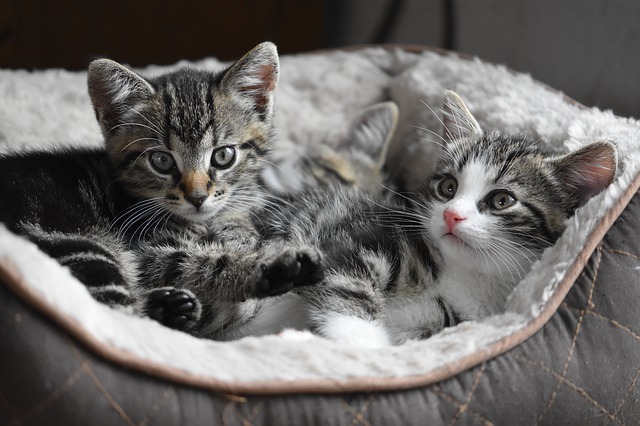How to Know if Your Cat Prefers Wet Food Over Dry
As a
Understanding the subtle (and sometimes not-so-subtle) signals your feline friend gives you can make a world of difference. In this guide, we’ll help you identify whether your
Why It’s Important to Know Your Cat ’s Food Preferences

Cats are notoriously picky eaters, and there’s a good reason for that. Cats rely heavily on texture, smell, and even temperature when it comes to their meals. Knowing whether they prefer wet or dry food can have a significant impact on their health and happiness.
A
Not to mention, feeding a diet that aligns with their preferences can reduce stress at mealtimes. Imagine how you’d feel eating the same meal day after day without enjoying it—your
The Differences Between Wet Food and Dry Food

Before we start looking at your
Nutritional Differences
One of the biggest differences between wet and dry food is the water content. Wet food can contain up to 75% water, which helps keep your
On the other hand, dry food is more calorie-dense. If your
Texture and Flavor Differences
Cats are very particular about the texture of their food. Wet food often has a strong aroma and a moist texture that many cats find irresistible. Its soft, easy-to-chew consistency can also be beneficial for older cats or those with dental issues.
Dry food, with its crunchy texture, might appeal more to cats that like to chew. Some cats even prefer the crunchiness of kibble because it mimics the texture of prey, tapping into their hunting instincts.
Health Benefits of Each
Wet food’s high moisture content can help support kidney function and prevent dehydration, especially in cats that aren’t good at drinking water. The downside is that wet food can spoil quickly if left out, and it might contribute to dental issues over time.
Dry food, on the other hand, is easy to store and convenient for busy pet owners. It also promotes dental health by reducing plaque buildup due to the crunching action. However, relying solely on dry food can sometimes lead to dehydration if your
Signs Your Cat Prefers Wet Food
Now that you understand the differences, how can you tell if your
Behavioral Signs
One of the most obvious signs is your
Another sign is selective eating. If you offer both wet and dry food and notice that your
Physical Changes
A
Signs Your Cat Prefers Dry Food
Some cats, however, are all about the crunch! If your
Behavioral Signs
Cats that favor dry food tend to head straight for the kibble, even when wet food is available. They might be quick to nibble on dry kibble throughout the day, showing less interest in wet food. If your
Physical Changes
Cats that prefer dry food often maintain a stable weight and seem satisfied for longer periods between meals. This is due to the higher caloric density of dry food, which can keep your
How to Transition Between Wet and Dry Food
Whether you’re transitioning from wet to dry food or vice versa, doing it gradually is key to avoiding digestive issues and making the process smoother for your
Tips for Introducing New Food
Start by mixing a small amount of the new food with your
Addressing Common Challenges
What if your
FAQs
Can Cats Eat Both Wet And Dry Food?
Yes, many cats enjoy a mix of both. Offering a combination of wet and dry food can provide balance in taste, texture, and nutrition.
How Much Wet Food Should I Give My
The amount depends on your
Is It Bad If My
Not necessarily, but you’ll need to ensure they are drinking enough water. Dry food alone may not provide adequate hydration.
Why Does My
Cats can refuse food due to stress, illness, or boredom with their current diet. It’s important to rule out health issues if this behavior persists.
How Can I Tell If My
Monitor your
Conclusion
Understanding whether your
Whether they prefer the hydration boost of wet food or the crunchy satisfaction of dry kibble, the most important thing is that your






